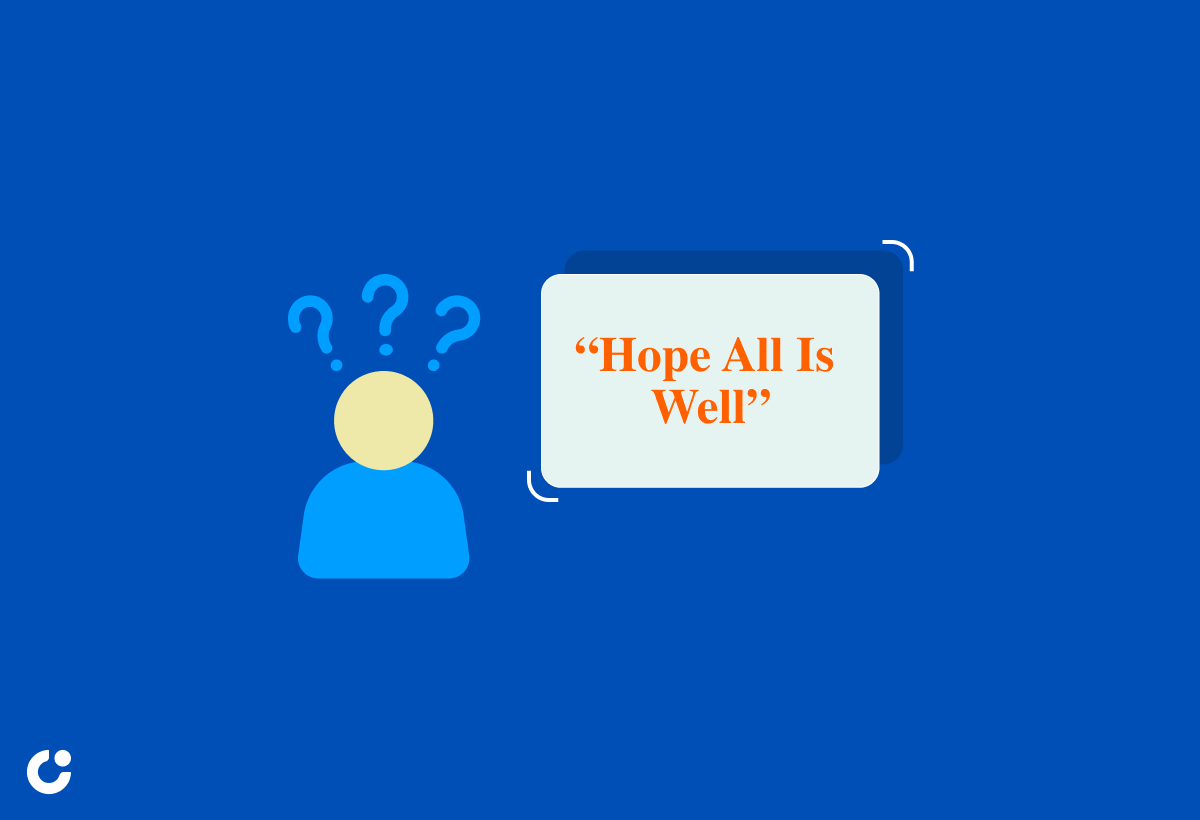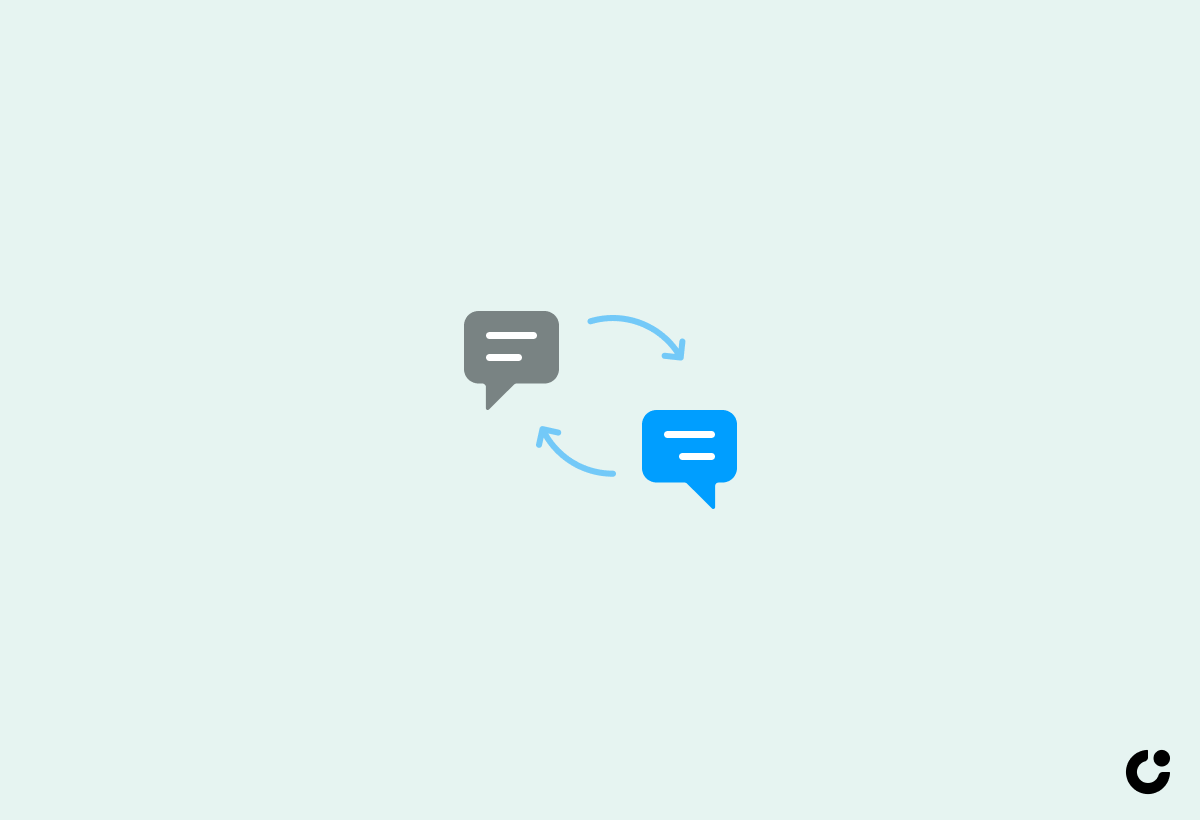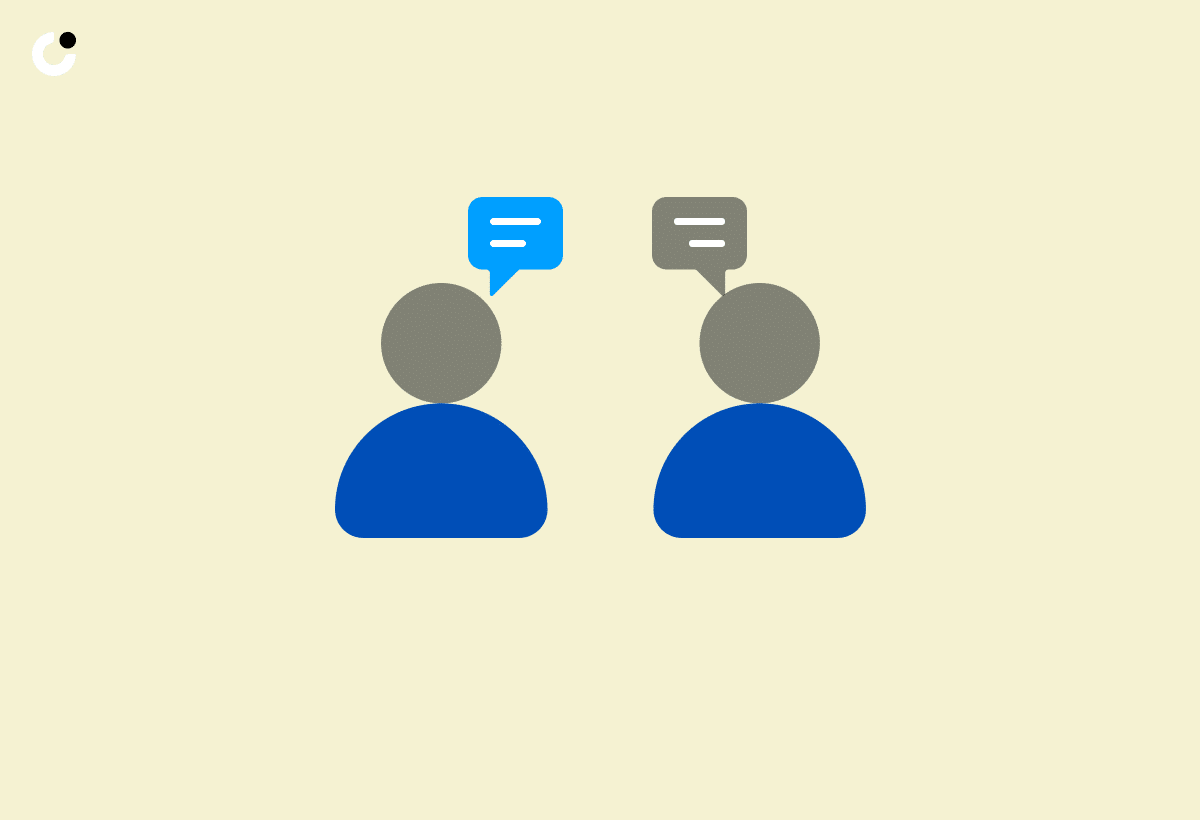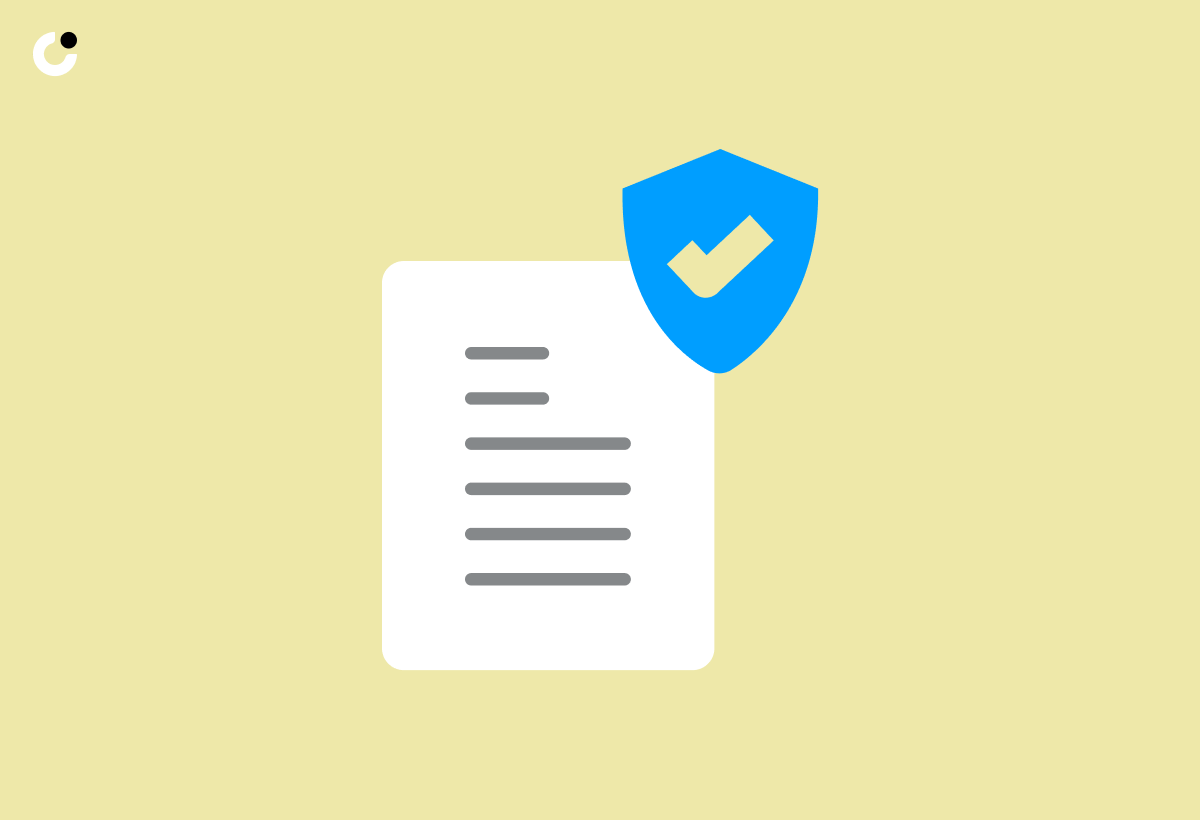Have you ever received an email that starts with "Hope all is well"? While this may seem like a simple greeting, there is often more meaning behind it than meets the eye. In this article, we will explore the nuances of responding to this common phrase in emails. From crafting formal responses to exploring alternative phrases, we will dive into how to convey well-wishes effectively while maintaining professionalism. Let's enhance our email etiquette and build stronger connections through personalized responses.
Key Takeaways:
Understand the intent behind "Hope All Is Well" to craft an appropriate response.
Express gratitude, convey positivity and good health in formal responses.
Use alternative phrases, personalize responses, and follow email etiquette to enhance communication and build connections.
Understanding the Meaning of 'Hope All Is Well'

Understanding the meaning behind the common phrase 'Hope All Is Well' involves diving into the nuances of this greeting, its significance in communication, and the underlying intentions it conveys.
Interpreting the Intent Behind the Greeting

Interpreting the intent behind the greeting of 'Hope All Is Well' requires considering the context, relationship dynamics, and cultural nuances that influence how this phrase is perceived.
For close friends or family members, 'Hope All Is Well' may come across as a genuine expression of care and concern, signaling a desire for the recipient's overall well-being. In professional settings, however, this greeting could be seen as a simple pleasantry, lacking depth or sincerity.
The tone of the message, whether spoken or written, can also significantly impact how it is received. Non-verbal cues like facial expressions or body language can add layers of meaning to this seemingly routine phrase. The sender's relationship with the recipient plays a crucial role; for example, a manager might use this greeting differently with a subordinate than with a colleague.
Understanding these nuances helps decipher the underlying message conveyed through this common salutation.
Crafting Formal Responses

When crafting formal responses, it is essential to express gratitude and well-being with professionalism and courtesy, ensuring that the communication maintains a formal tone while conveying appreciation and positive regards.
Expressing Gratitude and Well-Being

Expressing gratitude and well-being in formal responses involves acknowledging the sender's kind wishes, expressing thanks for their concern, and reciprocating thoughtful sentiments in a professional manner.
When crafting a formal response, it is crucial to start by expressing sincere appreciation for the well-wishes received. An example of this could be 'Your kind words mean a lot to me and have truly brightened my day.'
Subsequently, it is important to convey gratitude for the sender's genuine concern, such as saying 'I genuinely appreciate your thoughtfulness and consideration.' Reciprocating their kindness by offering well wishes or expressing hope for their own well-being further enhances the tone of the response.
Emphasizing politeness and maintaining a respectful tone throughout the communication are key aspects to consider in a formal reply. For instance, ending the response with a phrase like 'Warm regards' or 'Sincerely' adds a touch of professionalism and courtesy.
It is essential to close the response on a positive note by conveying good wishes to the sender, fostering a sense of goodwill and positivity in the interaction.
Conveying Good Health and Positivity

Conveying good health and positivity in formal responses requires articulating well wishes, maintaining a positive tone, and expressing gratitude for the thoughtful communication received.
One effective way to convey good health and positivity is by acknowledging the recipient's well-being and expressing genuine hopes for their continued health and happiness.
Pausing a moment to reflect on positive aspects of the interaction, such as appreciating the thoughtful communication or expressing gratitude for the shared information, can further enhance the tone of your response.
Remember, the language you choose can greatly impact the overall message conveyed, so incorporating phrases that exude positivity and gratitude will help foster a sense of well-being in your formal interactions.
Informal Ways to Respond

Exploring informal ways to respond involves adopting a casual and friendly tone, infusing small talk and personal greetings to establish a warm and approachable communication style.
Casual and Friendly Responses
Casual and friendly responses in informal communication settings can include elements of small talk, personalized greetings, and engaging with the sender on a more personal level.
For instance, when responding to a friend's casual message about weekend plans, a warm and friendly reply could be: 'Hey there! Sounds like you have an exciting weekend ahead! Enjoy every moment.' This type of response not only acknowledges the content of the message but also adds a personal touch that shows genuine interest. Similarly, incorporating a bit of small talk, such as 'Wishing you a fantastic weekend ahead!' or 'Hope your week is going smoothly!' can help maintain a relaxed and approachable tone in conversations.
Responding Professionally in Emails

Responding professionally in emails is crucial for maintaining formal communication standards, establishing a professional tone, and upholding etiquette in written correspondence.
Maintaining Formality and Politeness

Maintaining formality and politeness in email responses involves using professional language, adhering to etiquette conventions, and expressing gratitude and well wishes with a respectful tone.
One crucial aspect of formal email communication is the choice of words and phrases. Appropriate salutations and closings, such as 'Dear Mr. Smith' or 'Sincerely,' help establish a respectful tone. When addressing concerns, it is essential to:
avoid overly casual language
use clear and concise sentences
acknowledge the recipient's perspective
Remember to show appreciation by including phrases like 'Thank you for your understanding' or 'I appreciate your prompt response.' These small gestures can make a significant impact on the overall professionalism and politeness of the email."
Establishing a Professional Tone

Establishing a professional tone in email responses entails striking a balance between formality and warmth, conveying respect, gratitude, and well-being in a polished and courteous manner.
Incorporating respectful language and friendly yet professional expressions can significantly enhance the effectiveness of your email communication. For example, beginning an email with a formal greeting like 'Dear [Recipient's Name]' followed by a thank you for their time or assistance can set a positive tone. Using phrases such as 'I appreciate your prompt response' or 'Thank you for your understanding' can reinforce the respectful and grateful attitude. Consistent use of a formal demeanor with a touch of warmth can make your email both professional and inviting.
Alternative Phrases to Use

Exploring alternative phrases to use in place of 'Hope All Is Well' allows for varying responses and expressing well-wishes in diverse and engaging ways tailored to the context and relationship dynamics.
Varying Your Responses

Varying your responses by using alternative phrases allows for a more personalized and engaging approach to expressing well-wishes and maintaining positive communication interactions.
For instance, instead of the typical 'Get well soon,' you could opt for a more heartfelt 'Wishing you a speedy recovery and sending lots of love your way.' This small shift can make a substantial difference in how your message is received. Similarly, in a celebratory context, 'Happy birthday!' could be transformed into 'May your birthday be filled with joy and unforgettable moments.'
Considering the recipient's personality and the nature of your relationship can help tailor the right words for well-wishes. Whether it's a casual message to a friend or a formal note to a colleague, adjusting your phrases can demonstrate thoughtfulness and strengthen your bond.
Exploring Different Expressions of Well-Wishes

Exploring different expressions of well-wishes allows for a rich and varied approach to conveying positive sentiments, fostering connections, and nurturing relationships through thoughtful and engaging communication.
When selecting well-wishes, one can delve into a multitude of phrases that resonate with the recipient on a personal level, creating a lasting impact. For instance, you can wish someone 'boundless joy and infinite blessings' or convey 'warmth and tranquility' in their endeavors. These creative and heartfelt messages not only brighten someone's day but also strengthen the bond between you. Embracing diverse expressions of well-wishes showcases your thoughtfulness and care, elevating the overall tone of your communication and making it more memorable.
Enhancing Communication Through Personalization

Enhancing communication through personalization involves adding unique touches, tailored responses, and individualized greetings to create a more meaningful and engaging interaction experience.
Adding Personal Touches to Responses

Adding personal touches to responses involves infusing warmth, authenticity, and individuality into communication interactions, fostering a deeper connection and resonance with the recipient.
Incorporating personal anecdotes or specific references can make your message more relatable and engaging. Sharing a brief story about a shared experience or a common interest can help establish a sense of camaraderie and understanding.
For instance, instead of simply saying 'Congratulations on your promotion,' delve deeper by mentioning a specific project you worked on together that showcased their leadership skills.
Building Connections Through Tailored Replies

Building connections through tailored replies involves crafting responses that resonate with the recipient, reflect genuine interest, and establish a sense of closeness and understanding in communication exchanges.
By responding in a manner that shows attention to the details shared by the other person, you can demonstrate that you value and acknowledge their thoughts and feelings. For instance, if someone mentions their love for hiking in an email, you could incorporate references to nature or outdoor adventures in your response. These personalized touches not only make the interaction more meaningful but also pave the way for deeper connections. Tailored replies help in building a rapport that goes beyond surface-level conversations.
Importance of Email Etiquette

Understanding the importance of email etiquette entails following proper communication guidelines, adhering to professional standards, and creating a positive impression through well-crafted and courteous responses.
Following Proper Communication Guidelines

Following proper communication guidelines in email interactions involves adhering to etiquette norms, structuring responses professionally, and cultivating a positive tone that reflects respect and consideration for the recipient.
Clarity in email communication is crucial for ensuring that your message is understood by the recipient. This can be achieved by organizing your thoughts logically and using concise language. Avoiding jargon or ambiguous terms helps in conveying your points effectively. Brevity is key to maintaining the reader's attention. Long, convoluted emails can lead to confusion or disinterest. By keeping your emails concise and to the point, you respect the recipient's time and demonstrate professionalism.
Creating a Positive Impression Through Responses

Creating a positive impression through email responses involves crafting well-worded messages, expressing gratitude, and demonstrating professionalism to leave a lasting impact on the recipient.
One way to achieve this is by using polite language to convey respect and appreciation. Simple phrases like 'Thank you for reaching out' or 'I appreciate your prompt response' can go a long way in showing your gratitude.
Incorporating thoughtful expressions such as 'I understand your concern' or 'Your feedback is valuable' can help strengthen the connection with the recipient and demonstrate empathy.
Maintaining a professional formatting in your emails with clear subject lines, structured paragraphs, and a proper sign-off can enhance the overall experience for the recipient.
Frequently Asked Questions
What is the best way to respond to "Hope all is well" in emails?
The perfect response depends on the context of the email and your relationship with the sender. It's important to keep it professional and genuine.
Is it necessary to respond to "Hope all is well" in emails?
It is not required to respond, but it is considered polite and shows that you care about the sender's well-being.
Can I use a generic response to "Hope all is well" in emails?
While it may be tempting to use a generic response, it's best to personalize your reply and make it specific to the sender to show that you are genuinely interested in their well-being.
What are some examples of responses to "Hope all is well" in emails?
Some examples include "Thank you for your well-wishes, all is good on my end. How about you?", "Thanks for asking, I'm doing well. How about you?" or "I appreciate your concern, I'm doing well. Hope you are too."
How can I show empathy in my response to "Hope all is well" in emails?
Use language that conveys your concern and genuine interest in the sender's well-being. For example, "I hope all is well with you too" or "I'm glad to hear that you're doing well."
What are some alternative responses to "Hope all is well" in emails?
Some alternatives include "Wishing you all the best", "I hope you're having a great day" or "Sending positive vibes your way." These responses show that you care about the sender's well-being without using the same phrase.

